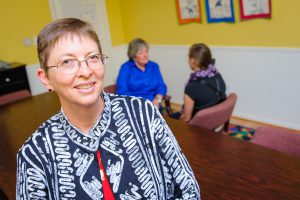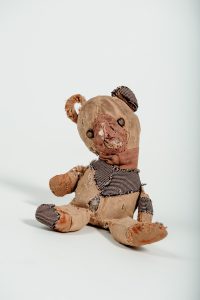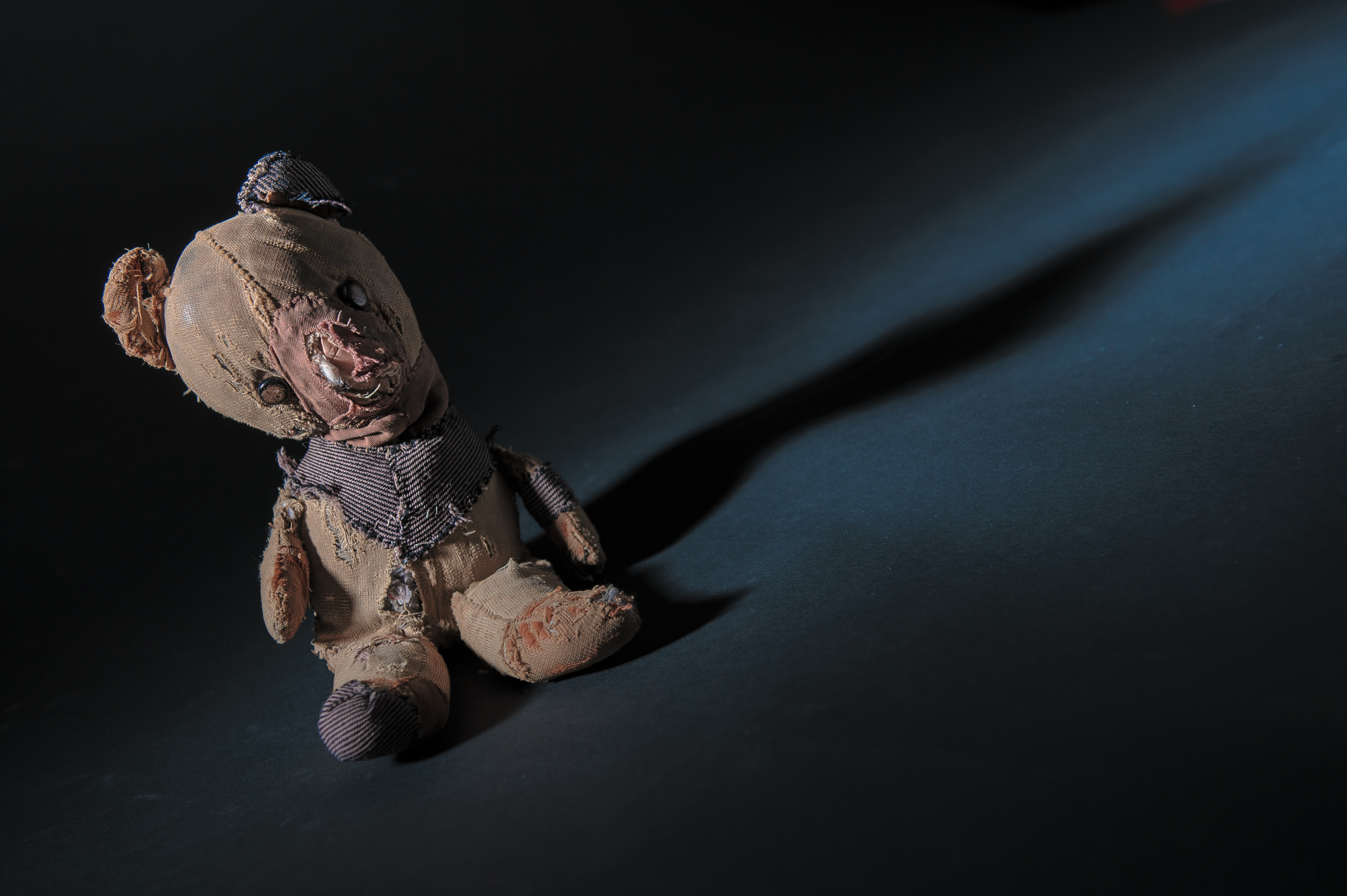By David Miller
Photos by Bryan Hester

For therapists and forensic interviewers – specially-trained experts who conduct initial interviews with a child following reports of sexual abuse – getting a child to reveal all of the details of their abuse requires trust.
For the last 30 years, interviewers, therapists, judges and attorneys, along with researchers, have agreed that the forensic interview process should only be conducted once, in a video-recorded session so information can be shared with law enforcement officials, lawyers and therapists.
A one-interview format, the reasoning goes, lessens the possibility of re-traumatizing the victim by repeated interviews and eliminates the possibility of the victim’s story changing if interviewed multiple times by different people who aren’t trained to conduct interviews.
The reaction to this commonly-accepted practice seems – at least on the surface – a positive step toward ensuring a child is comfortable enough to share the story, while also safeguarding against inaccuracies that could taint a sexual abuse case. But others, including one University of Alabama social work professor, say there is a significant population of abused children whose stories are left incomplete because of today’s standard practice.
Dr. Debra Nelson-Gardell, a professor in UA’s School of Social Work, is researching the effectiveness of the current interviewing system. Nelson-Gardell, along with her UA colleague, Dr. Javonda Williams, and Dr. Kathleen Fowler, of the University of Michigan, and Dr. Mark Everson, of the University of North Carolina-Chapel Hill, are surveying therapists and child abuse professionals nationwide to gauge their attitudes of the effectiveness of the one-interview restrictions.
“Over time, I’ve come to believe it’s not how many interviews that are troublesome,” says Nelson-Gardell. “It’s having more than one interviewer who is untrained in what they’re doing. Dr. Everson has developed a measurement tool designed to tap into people’s attitudes about whether they’re more able or comfortable making sure we find all the victims we can.
“Sometimes this means using techniques that aren’t the most forensically defensible interview techniques to increase the possibility that a child can tell about anything that might have happened, as opposed to being very invested in making sure no innocent adult is accused of the abuse. People find it difficult to agree upon how to balance these two imperatives.”
There’s a divide, Nelson-Gardell says, between those who think more than one interview pushes a child to tell something that isn’t true and those who know some kids aren’t ready to tell their stories in one interview. There’s a general belief that around 20 percent of kids aren’t ready to tell their story in one session, she says.
The child may be young and need more time to understand the adult’s language, or the adult may need more time to understand the child’s language, or they may have been threatened to not talk by the accused adult.
Though forensic interviewers are specially trained in what questions to ask and how to ask them, the child may suffer from separation anxiety. The case can be even more complex when the accused party is a family member, Nelson-Gardell says.
“It can be very challenging to determine the most effective forensic interviewing method because ‘most effective’ will change depending on the many different variables, including: the child’s personality and temperament, cultural considerations, the child’s abuse history, family situation, availability of resources, etc.,” Williams says.
“But all of these things need to be taken into consideration and a plan of action developed based on what is in the best interest of the child.”
Nelson-Gardell and Williams both worked as therapists, specializing in treating sexually-abused children who had already often been through the forensic interview process. Both recall cases when a child would recant previous statements about the abuse or even deny it despite physical evidence.
“When I was working in treatment, I worked with a girl who was around 11 who came in because there was semen found in her urethra,” Nelson-Gardell says. “But she denied having any knowledge of being sexually abused. Trauma may have caused the disassociation from the memory, or she could have just been saying ‘I’m not willing to tell.’
“Even when they were in treatment, the kids have a hard time talking about what happened to them,” she adds. “Some kids come in, and they are ready and trust you.” Others, Nelson-Gardell says, have had their trust disturbed by their victimization. “Therapy is about trust, and if the child doesn’t trust the therapist, the child will have a hard time telling their story, even if they’ve already told it.”

Nelson-Gardell, who worked as a therapist and supervisor in a sexual abuse treatment program while working on her doctoral degree at Florida State University, held therapy sessions at the FSU campus and consulted at 11 different sites around Florida.
She was initially drawn to UA, she says, because of its proximity to the National Children’s Advocacy Center in Huntsville. The National CAC had a federal contract to be the national resource on child sexual abuse at the time, which helped Nelson-Gardell link with clinicians and begin her research. Since joining UA’s faculty in 1995, Nelson-Gardell has published 14 manuscripts describing her research on forensic interviewing and the treatment of sexually abused children.
“The original research we did in the late ‘90s and published in early 2000s supported the notion kids need more than one interview,” she says, “and, with more, they can give more info. That research has not been repeated. But there’s increasing indication from data analysis and data gathered by other researchers of forensic interviewing that children give richer, more trustworthy details in more than one interview.”
Nelson-Gardell’s team is surveying professionals across the U.S. with differing views on extended assessments.
“It’s important to note that this research goes both ways – the time needs to be there for the interviewer to find out what if the abuse didn’t happen, too. Hopefully, it will contribute to a change in people’s attitudes.”
